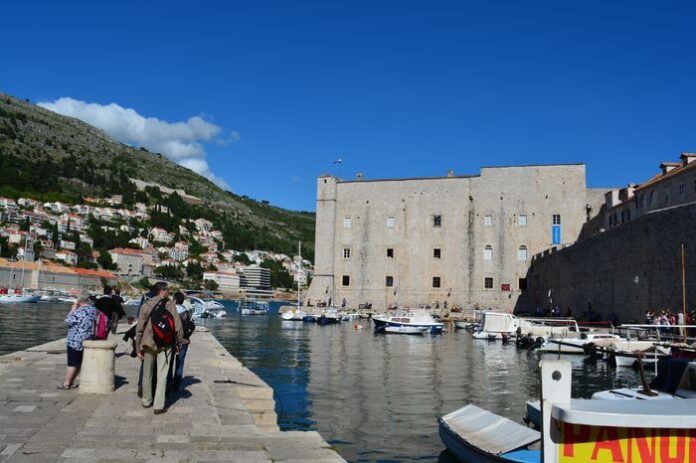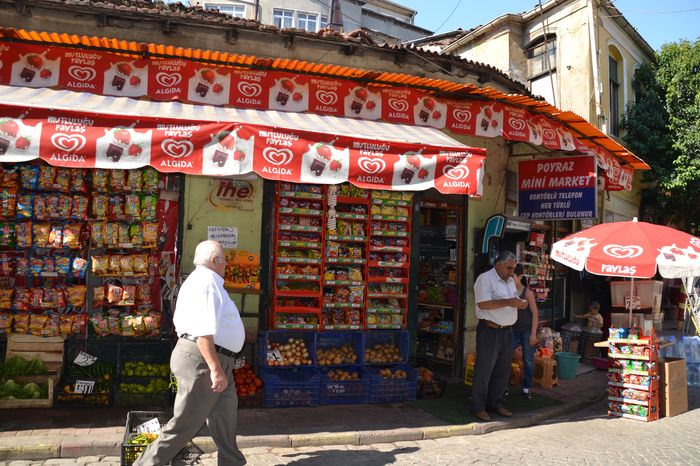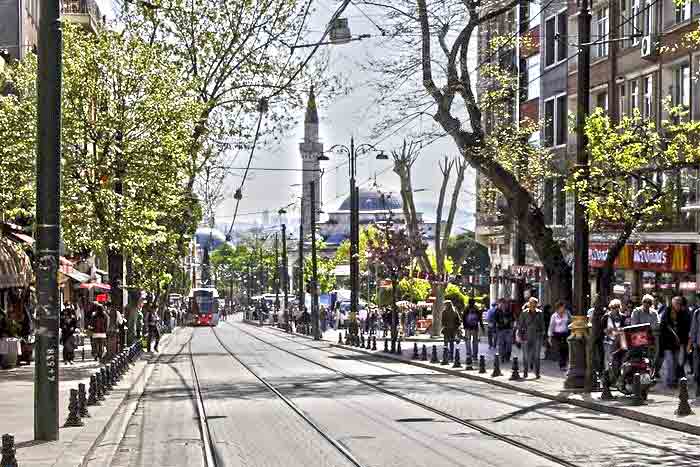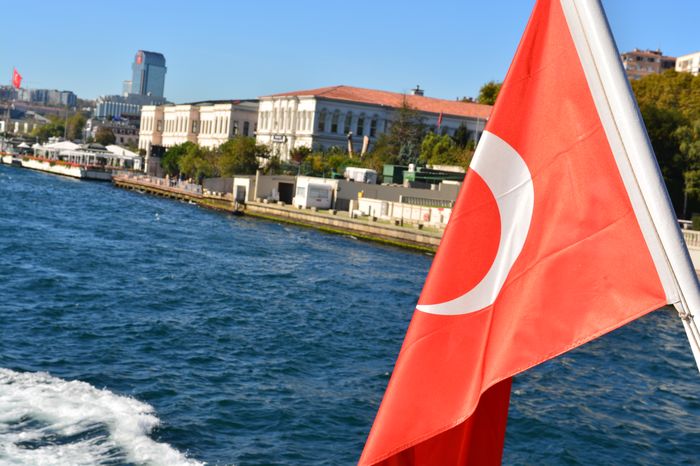There is good reason to believe that the gate known as Porta Melantiados (Πόρτα Μελαντιάδος) or Pyle Melandesia (Πύλη Μελανδεσίας) is the same as the well-known Gate of the Pege (Gate of the Spring). In the past, some scholars thought that the Porta Melantiados was the same as the next public gate, now called Yeni Mevlevihane Kapısı. However, that idea does not fit well with historical geography Gate of Selivria.
The Deuteron vs. Triton Districts
Historical sources clearly state that the Porta Melantiados was located in the district known as the Deuteron, which means “second.” On the other hand, the next public gate—Yeni Mevlevihane Kapısı—stood in the quarter called the Triton, named after the Third Military Gate. Since these two gates were in different parts of the city, they cannot be the same. That leaves only one strong possibility: Porta Melantiados must be the same as the Gate of the Pege.
The Gate’s Original Name
It is certain that the Gate of the Pege once had another name. The Holy Spring (Pege) only became famous during the reign of Emperor Leo I (ruled 457–474), which was almost 50 years after the Walls of Anthemius were built. Before that time, the gate must have had a different name—and Porta Melantiados would have been the most suitable.
Why the Name “Melantiados”?
The road leading from this gate went directly to Melantiada, a town located near Athyras (modern Büyükçekmece) on the way to Selivria (modern Silivri). Ancient Roman road maps, such as the Itinerary of Emperor Antoninus, refer to the town as Melantrada or Melanciada, about 19 Roman miles from Byzantium. This route was used by invading forces such as the Huns, Goths, and Avars, who often camped in Melantiada before attacking Constantinople Sofia City Tour.
A Site of Political Revenge
A dramatic event occurred at this gate in the year 450. Chrysaphius, the powerful and unpopular minister of Theodosius II, was murdered at the gate by the son of John the Vandal, who wanted revenge for his father’s execution. This incident made the gate a memorable place in Byzantine history.
Religious Sites Around the Gate
Some researchers believe that the Mosque of Hadim Ibrahim Pasha, which stands just inside the gate today, was built on the site of the Church of St. Anna, one of the important churches in the Deuteron district. However, others suggest it may be on the site of the Church of the SS. Notarii, which also stood close to the Porta Melantiados.
The evidence strongly supports that Porta Melantiados and the Gate of the Pege were the same gate. Its strategic location, connection to a major Roman road, and role in both political and religious history make it one of the most significant gates in the Theodosian Walls. Understanding its true identity helps us better grasp the layout and story of medieval Constantinople.







